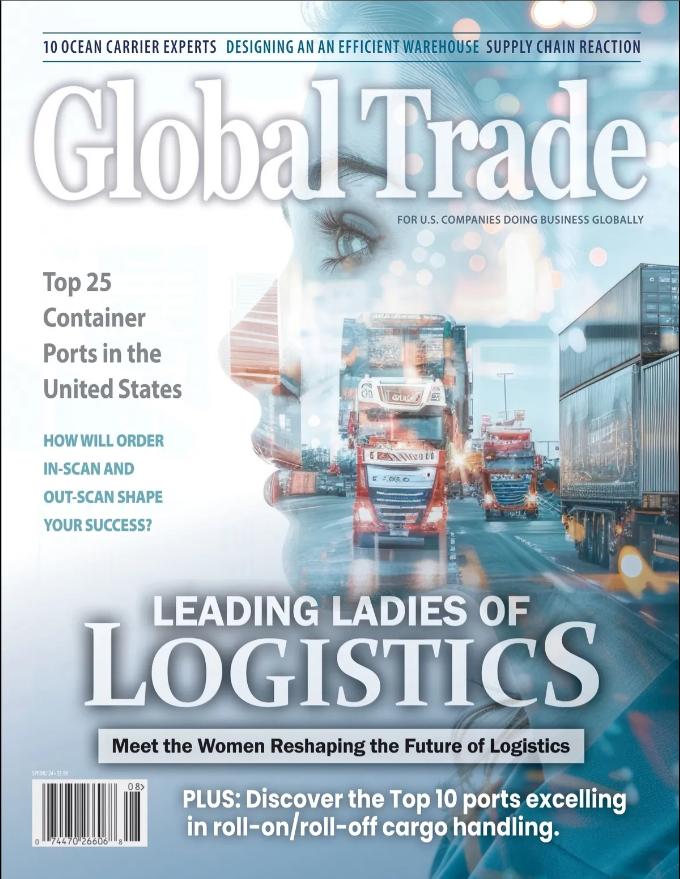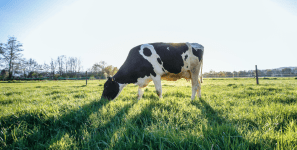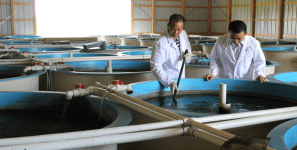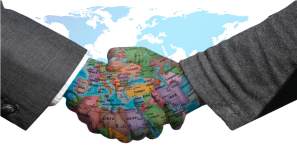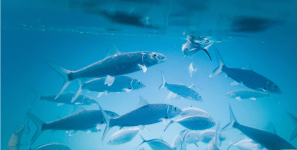Get the latest trends in global site selection, including relocation guides, region roundups, corporate expansions, and site selection planning.
Different types of companies will have different criteria when it comes to site selection. It’s a significant decision that most companies will face sooner or later—the challenge is balancing economic factors (taxes, government policies and incentives) against other, equally important considerations, from workforce to location to social climate. Where does one start? The new or relocated facility will need employees, but few sites come with a fully qualified workforce. Questions of workforce density, availability and trainability must be considered, as well as average wage rates in the area. For manufacturers, the need to deliver products and receive the raw materials required for production, will make locations closer to major highways (for trucking), rail lines or ports (for overseas delivery) more desirable. Another question is whether to relocate into an existing building, or to build from the ground up. The first option will require more modification, the second a higher budget. How are such basic needs as utilities (water, power, communications) addressed? There will also be zoning questions to be answered, as well as environmental considerations, which continue to ascend in prominence as awareness is raised on how business impacts the world we live in. International Relocation Site selection outside a company’s country of origin presents additional matters of importance, starting with the obvious social, cultural and language distinctions. Proximity to suppliers and competitors may be determining factors as well, though in some cases manufacturers prefer choosing a site in an area where similar industries are prospering. If they’re doing well here, the reasoning goes, so should we. If some of your workforce will be relocating as well, they will want to know about the quality and availability of medical care in the area, and what type of education their children will receive in local schools. And if they can still get a decent pizza delivered.

WHERE TO FIND THE NATURAL RESOURCES THAT ARE FEEDING U.S. BUSINESSES
Manufacturers operate complex supply chains that, in many cases, involve the movement of raw materials and resources from different parts… Read More
U.S. States With the Most Organic Farms
As the force that feeds and nourishes the population, agriculture is one of the most vital industries in the U.S…. Read More
OUR ANNUAL GOVERNOR’S CUP PROVIDES A STATE-BY-STATE REVIEW OF THE BEST SITE INCENTIVES FOR MANUFACTURERS
Manufacturing is a critical component of the U.S. economy. In 2020, the sector directly contributed $2.2 trillion to the nation’s… Read More
DISCOVER GLOBAL SITE LOCATION INDUSTRIES’ CHOOSE TEXAS COMMUNITIES
Texas continues to add successful projects to its economic development portfolio, and Global Site Location Industries (GSLI) continues to spearhead… Read More
PROPOSED CONTAINER-ON-VESSEL SERVICE TO THE ST. LOUIS REGION ADVANCES WITH NEW PARTNERS SIGNING ON FOR THE DEVELOPMENT OF A CONTAINER PORT FACILITY IN JEFFERSON COUNTY, MISSOURI
Key stakeholders behind the efforts to launch innovative Container-on-Vessel (COV) service to the Midwest today announced that Hawtex Development Corporation is… Read More
States Most Dependent on Coal for Electricity
At the recent UN Climate Change Conference in Glasgow, world leaders convened to negotiate new goals for reducing carbon emissions… Read More
HOW TO NAVIGATE INTERNATIONAL EXPANSION DESPITE HEADWINDS
The global pandemic has reminded us all of how inter-connected the world is. As countries emerge from the global health… Read More
States That Consume the Most Natural Gas
As the world navigates the effects of climate change, policymakers are looking for strategies and investments to reduce carbon emissions… Read More
5 STRATEGIES TO EXPAND YOUR BUSINESS GLOBALLY, EVEN IN TRYING TIMES
It has been more than four decades since my first overseas assignments in Southeast Asia and the Middle East. Since… Read More
U.S. States With the Largest Aquaculture Industry
With the planet’s population growing and the global market for seafood steadily increasing, natural fish production from the world’s lakes,… Read More
States With the Least Carbon-Intensive Economies
World leaders convened in Glasgow this November for the 2021 United Nations Climate Change Conference. Facing the intensification of global… Read More
Could Starlink Replace Fixed-Line Broadband for Business?
Starlink is Elon Musk’s satellite internet project enabled by his extremely successful SpaceX company. It’s a series of satellites, or… Read More
1 2 3 … 32 Next »


